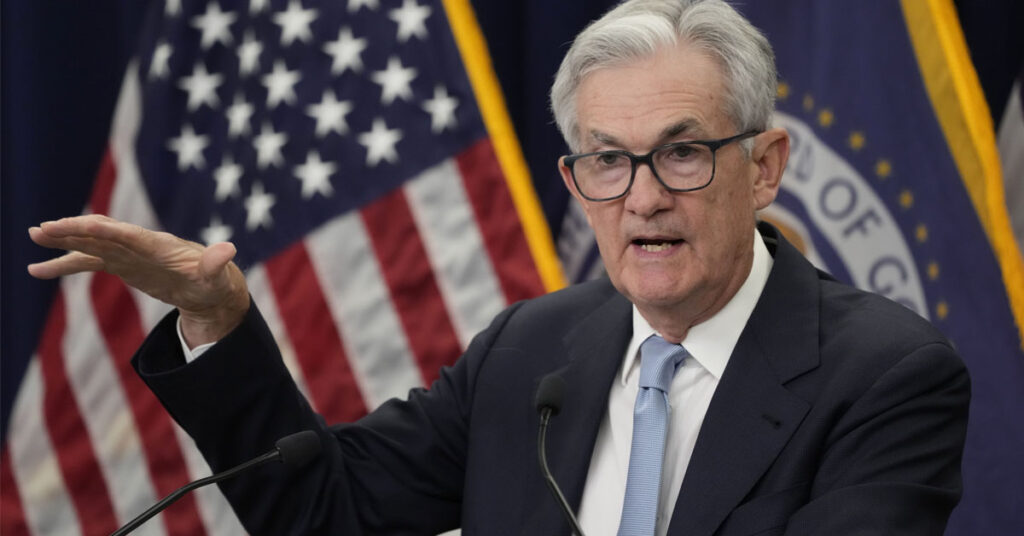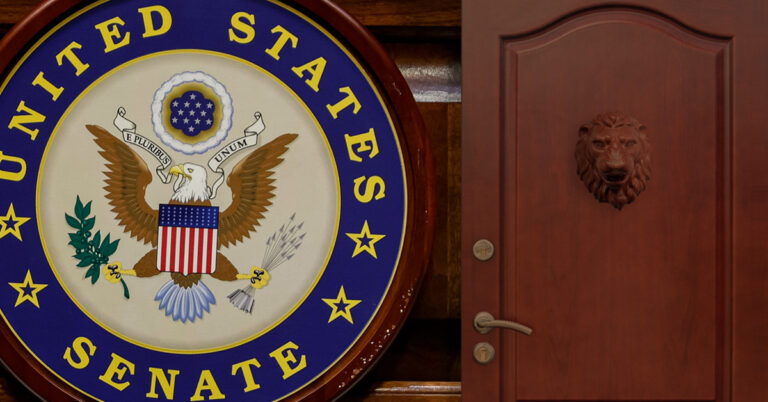The Federal Reserve unveiled no surprises on Wednesday after the latest meeting of its Federal Open Market Committee (FOMC), announcing a 25-basis-point increase to its anchor interest rate.
The bump brings the benchmark rate to a target range of 5.25 to 5.5%, its highest level in 22 years. The FOMC, which is responsible for setting monetary policy, was unanimous on the move, bringing an end to the short-lived rate-hike pause that began when the Fed elected to leave rates untouched at the committee’s June meeting.
It was a largely expected outcome to most, if not all Fed watchers, and indeed, there were very few changes to the FOMC’s latest post-meeting statement compared to the one it released in June. The committee switched the verbiage of its assessment of economic activity from “modest” to “moderate,” but aside from that change (and fiddling with some verb tenses), the statement was almost an exact carbon copy.
The generic nature of the statement may have been a disappointment to some who were hoping for some clarity regarding the Fed’s intentions for the rest of the year. After its previous meeting, the central bank telegraphed that two more rate increases were likely for the balance of 2023. But a positive inflation report afterward had some stakeholders hopeful that the Fed’s newest commentary would include language suggesting that July’s hike would be the last of this year.
Instead, Fed Chair Jerome Powell said in his post-meeting press conference that the FOMC will make future policy decisions on a meeting-by-meeting basis, adding that officials can only give limited guidance about monetary policy plans in the months ahead.
“I would say it’s certainly possible that we would raise the funds rate again at the September meeting if the data warranted,” Powell said. “And I would also say it’s possible that we would choose to hold steady.”
The one thing that Powell gave concrete messaging on wasn’t exactly great news for interest rate trackers. The Fed head mentioned that the benchmark rate would decrease only “when we’re comfortable cutting rates, and that won’t be this year.” He also said that while recent inflation data has been positive, core inflation is still above 3% and there remains “a long way to go” to hit the Fed’s 2% target.
“We think we’re going to need to certainly hold policy at a restrictive level for some time, and we need to be prepared to raise further, if we think that’s appropriate,” he said.
The end result left Marty Green, principal at San Antonio mortgage law firm Polunsky Beitel Green, with a mixed outlook: optimism on the Fed’s current trajectory but with a dash of reticence that the Fed can stick the landing.
“Inflation continues to moderate and, for now, the economy appears to be poised for a very difficult-to-achieve soft landing,” he said. “This gives the Fed more runway to continue its inflation fight. However, this soft landing can become very bumpy if the Fed doesn’t recognize that the time is rapidly approaching for it to patiently let the cumulative effect of its decisions work through the economy.”
The price of a lack of clarity may be high during a critical time for the residential real estate market, Green noted.
“The housing sector is again showing signs of slowing, with inventory once again a critical issue,” he said. “The higher mortgage rates triggered by the Fed’s policy have caused more sellers to sit on the sidelines given the large differential between the rate they enjoy on their current home compared to the possible interest rate on any home they may purchase today.
“This means buyers have fewer choices and may sit on the sidelines as well. If the Fed isn’t careful, this critical industry may once again slow to crawl in the fall and winter.”
Interest rate moves remain a key direct influence on market activity. As rosy as recent inflation data has been, the jury remains out on how much it will move the homebuying needle, according to Michele Raneri, vice president and head of U.S. research and consulting at TransUnion.
“The mortgage market, which will likely see another uptick in interest rates, may continue to be slow, as many consumers may hold off on making a home purchase in hopes that interest rates stabilize and hopefully come down soon thereafter,” Raneri said. “It remains to be seen whether cooling inflation may help motivate consumers who had been holding off due to increasing cost of living expenses.”
On the rental housing side, the Fed’s actions may begin to trigger unintended consequences, said Justin Barry, a partner at Atlanta-based law practice Morris, Manning & Martin.
“With each round of rate hikes, the Fed puts increasing pressure on multifamily properties with floating-rate loans or maturing fixed-rate loans,” Barry said. “Many owners are attempting to pass along the increased financial burdens to tenants by increasing rental rates, provided that demand in a particular submarket supports higher rental rates. So, while the Fed is attempting to stave off inflation by raising interest rates, it could actually have the opposite effect on rents.
“The other byproduct of increased rates is a rising number of defaults of financial covenants in multifamily loans — in particular, failure to meet certain debt-service-coverage ratios or debt-yield requirements. For the most part, we have seen forbearance from lenders in exercising remedies for these types of defaults, but the million-dollar question remains: How long will lenders ride along before calling these loans?”






